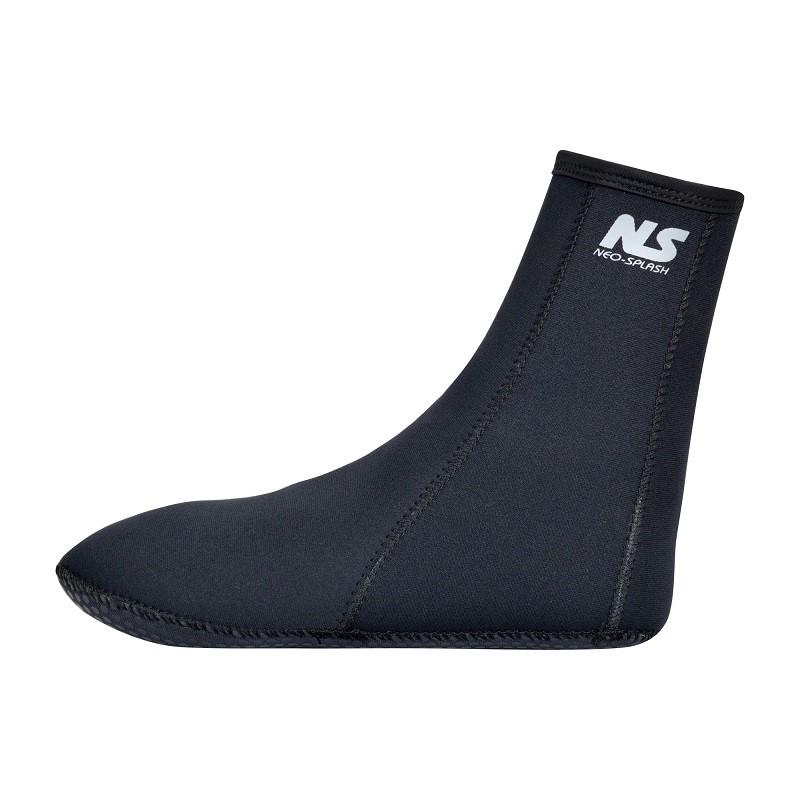Dive boots are among the most important dive gear for scuba diving in cold water. Even if the water seems relatively warm at first, longer dives sap the warmth from your extremities, diminishing your dexterity and capability in the water.
Prioritize safety and comfort by investing in scuba dive boots designed with cold water temperatures in mind.
The Differences Between Dive Boots, Dive Booties, and Dive Socks
There are a few key differences between dive socks, dive boots, and dive booties.
Dive Socks
Dive socks are popular among scuba divers who use fins. These lightweight neoprene accessories function as a layer between your skin and the hard rubber of a dive fin. They’re designed primarily to avoid chafing and they provide extra grip. However, they don’t offer much warmth or insulation.
Dive Boots
Dive boots are a more substantial product in terms of coverage and protection. Now, dive boots can have soft soles or hard soles and provide grip on rocks and underwater surfaces. Built more like an actual shoe, they have plenty of interior room for insulated lining and support.
Dive Booties
Dive booties combine some of the most common features of dive socks and dive boots to provide insulation and protection from chafing. You can wear dive booties with open heel fins.
If you’re planning a cold water dive, dive boots are definitely the way to go for maximum protection from low temperatures.


